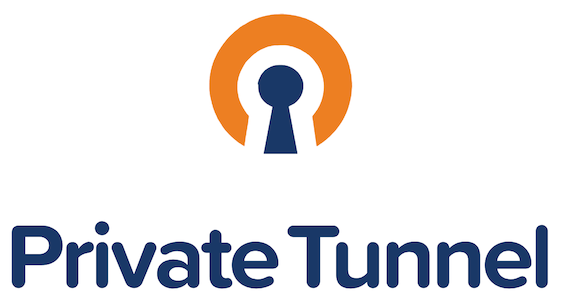DMAIC Tools: A Comprehensive Guide to Process Improvement

Introduction
In today’s competitive business landscape, organizations must continuously seek ways to improve processes, enhance efficiency, and minimize waste. One of the most effective methodologies for achieving this is DMAIC (Define, Measure, Analyze, Improve, and Control), a data-driven approach used in Six Sigma for process optimization.
DMAIC tools play a crucial role in identifying problems, analyzing data, implementing improvements, and ensuring long-term process control. This article provides an in-depth look at the essential DMAIC tools and their applications in improving business performance.
1. Define Phase: Identifying the Problem
The Define phase is the first step in the DMAIC process, where teams clearly articulate the problem, set objectives, and determine project scope.
Key Tools in Define Phase:
-
Project Charter: A document that outlines the project goals, scope, timeline, and stakeholders.
-
Voice of the Customer (VoC): Collects customer feedback to understand their needs and expectations.
-
SIPOC Diagram: A high-level process map identifying Suppliers, Inputs, Process, Outputs, and Customers.
-
Stakeholder Analysis: Identifies key stakeholders and their roles in the project.
✔ Benefits: Establishes a clear direction, aligns team efforts, and ensures the problem is well understood before moving forward.
2. Measure Phase: Gathering Data
The Measure phase focuses on quantifying the problem by collecting relevant data and establishing a baseline for performance.
Key Tools in Measure Phase:
-
Process Mapping: Visual representation of the current process to identify inefficiencies.
-
Data Collection Plan: Defines what data to collect, how, and when.
-
Measurement System Analysis (MSA): Ensures the accuracy and reliability of data collection methods.
-
Baseline Performance Metrics: Uses key performance indicators (KPIs) to establish the current state of the process.
-
Control Charts: Track process variations over time to identify trends.
✔ Benefits: Provides an objective understanding of current performance and identifies potential areas for improvement.
3. Analyze Phase: Identifying Root Causes
The Analyze phase involves evaluating the data collected in the previous stage to identify root causes of process inefficiencies.
Key Tools in Analyze Phase:
-
Cause-and-Effect Diagram (Fishbone/Ishikawa): Helps visualize potential causes of a problem.
-
5 Whys Analysis: A simple technique to drill down into the root cause of an issue by asking “Why?” five times.
-
Pareto Analysis: Identifies the most significant factors contributing to the problem using the 80/20 principle.
-
Failure Mode and Effects Analysis (FMEA): Assesses risks and prioritizes potential failure points in the process.
-
Regression Analysis: Examines relationships between variables to determine how they impact the process outcome.
✔ Benefits: Helps pinpoint the real issues affecting performance and prevents treating only symptoms instead of root causes.
4. Improve Phase: Implementing Solutions
The Improve phase focuses on developing and implementing solutions to address the root causes identified in the Analyze phase.
Key Tools in Improve Phase:
-
Brainstorming & Idea Generation: Encourages creative solutions from team members.
-
Design of Experiments (DOE): A statistical approach to testing multiple factors to determine the best improvement strategy.
-
Pilot Testing: Small-scale implementation of improvements before full deployment.
-
Kaizen (Continuous Improvement): Encourages incremental, ongoing improvements within teams.
-
Benchmarking: Comparing processes against industry standards or competitors.
✔ Benefits: Ensures that solutions are well-tested and optimized before full implementation, reducing risks and improving success rates.
5. Control Phase: Sustaining Improvements
The Control phase ensures that improvements are maintained over time and that the process does not revert to its previous inefficient state.
Key Tools in Control Phase:
-
Standard Operating Procedures (SOPs): Documented guidelines for the improved process.
-
Control Charts: Monitor ongoing performance and detect variations.
-
Mistake Proofing (Poka-Yoke): Techniques to prevent errors in the process.
-
Training and Change Management: Educating employees about new processes and ensuring adoption.
-
Continuous Monitoring & Auditing: Regular checks to maintain performance levels.
✔ Benefits: Keeps improvements sustainable, reduces variability, and ensures long-term success.
Conclusion
The DMAIC methodology is a powerful framework for process improvement, and the tools associated with each phase help organizations define problems, measure key metrics, analyze root causes, implement solutions, and maintain long-term improvements.
By leveraging these tools effectively, businesses can enhance efficiency, reduce waste, increase customer satisfaction, and drive overall success. Whether used in manufacturing, healthcare, finance, or any industry, DMAIC tools provide a structured approach to continuous improvement and innovation.
What's Your Reaction?





















